
Ski resorts as partners in environmental protection
The FFH (Fauna-Flora-Habitat) Directive of the EU requires a network of special protection areas in order to establish a representative selection of all habitats worthy of protection for the preservation of biodiversity. These include, among others, heath areas and mountain meadows. In order to preserve these traditional Sauerland cultural landscapes, they need to be managed in a very specific way, otherwise they would disappear. That's why the Lower Landscape Authority needs partners to take on this task. On the highest mountains of the Sauerland, these are often the operators of the ski resorts.
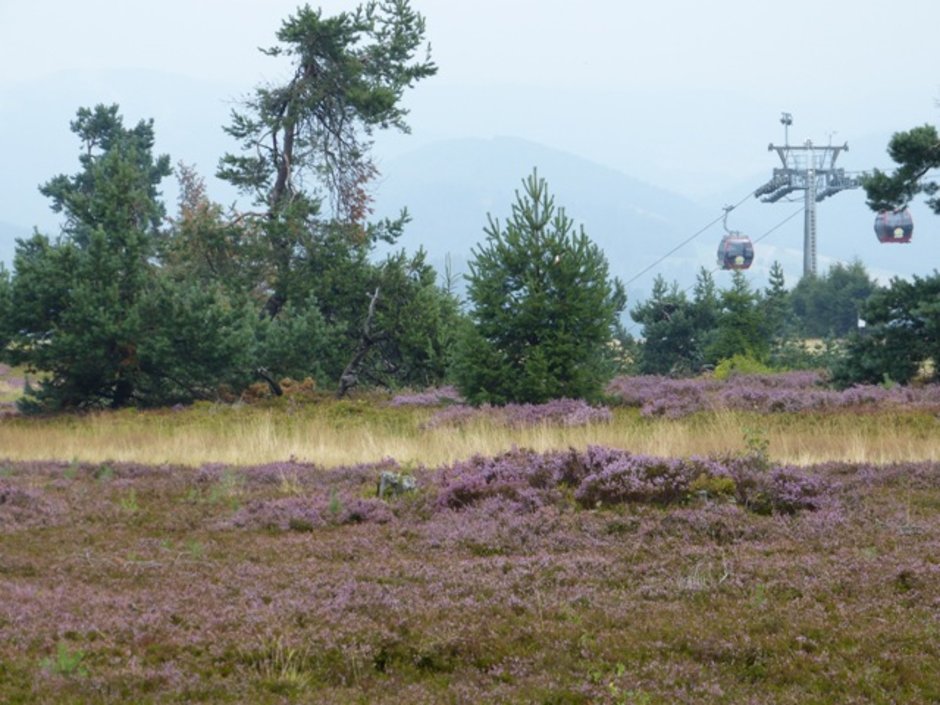
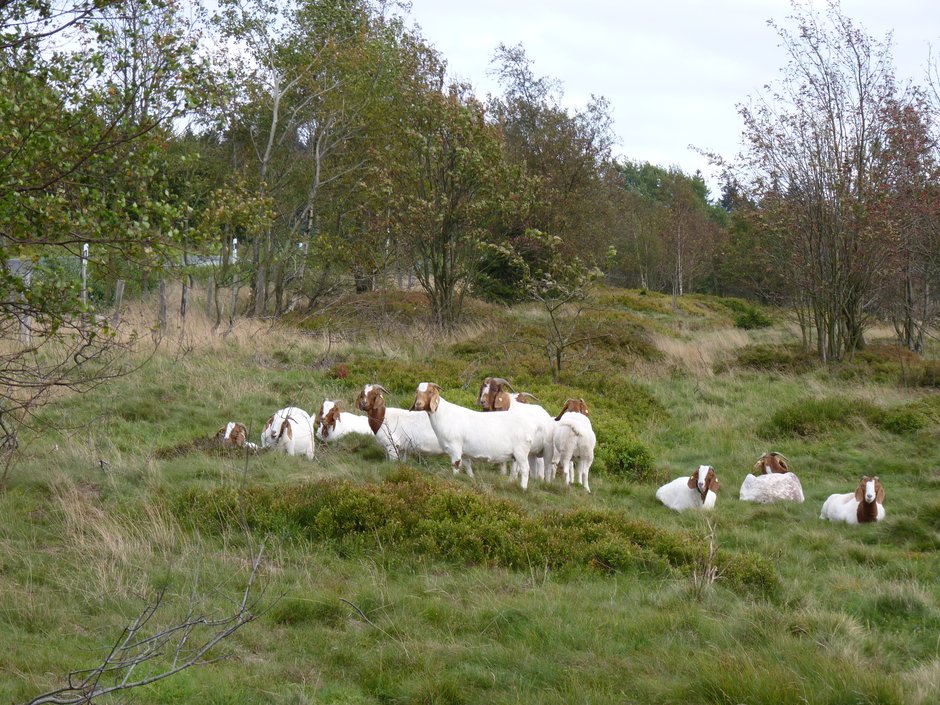
Heathland
Areas of heath must be grazed by goats or sheep, otherwise shrubs would quickly cover the typical heath plants. This affects large areas on the Ettelsberg in the Willingen ski area, which are part of the Neuer Hagen nature reserve. The ski area takes over the mulching of the area every three years in consultation with the nature conservation authorities. After that, young plants grow back. In addition, the ski slope remains nice and level. The sheep may be watered with water from the snowmaking pond.
Keeping bushes and shrubs free is also often done in Neuastenberg and Altastenberg in painstaking manual work. At longer intervals, the removal of the heath, the so-called "plaggen" is necessary. The removal of the heath on the Kahler Asten was spread in the summer of 2018 on the Käppchenhang in the Winterberg ski lift carousel in order to establish heath landscape there. The Lower Landscape Authority accompanies and observes this attempt.
When it comes to preserving valuable vegetation, it is often not so much a question of what those responsible do, but precisely what they do not do. After all, the ski slopes are mostly extensively used areas. Intensive agriculture does not take place there. On the so-called meagre meadows, a plant world thrives in a diversity that cannot be found on agricultural land.
This applies in particular to areas in the Neuastenberg ski village, the Altastenberg ski carousel, the Willingen ski area and the Ruhrquelle ski area. There are also rough pastures in the upper part of the Bödefeld-Hunau ski area , which must not be fertilized and mowed before the end of June, a total of only two to three times per summer. The yield is lower, the species richness much greater than on intensively used agricultural land. Rare plants such as wood cranesbill, devil's claw, soft-haired pippeweed and golden oat grow in Altastenberg, and rare orchid species in Neuastenberg.
Regular cutting, even pruning if possible, at the beginning of June, prevents the spread of lupine, which would enrich the soil with nitrogen Operators remove mowing so that it does not act as fertilizer. In Neuastenberg and Altastenberg, goats graze on the slopes because the slopes are very steep and these animals graze them particularly gently.
On the mountain meadows in the Willingen ski area, it is the protected bristle grass around which much of the work revolves. Mowing is only allowed every three years. The hay is collected and reapplied during construction work. The goal is to reintroduce the plant life that was previously present on these areas.
The slopes in the Winterberg ski lift carousel and the lower area in the Bödefeld-Hunau ski area are largely not subject to FFH status. Nevertheless, the operators there also voluntarily refrain from intensive agriculture.
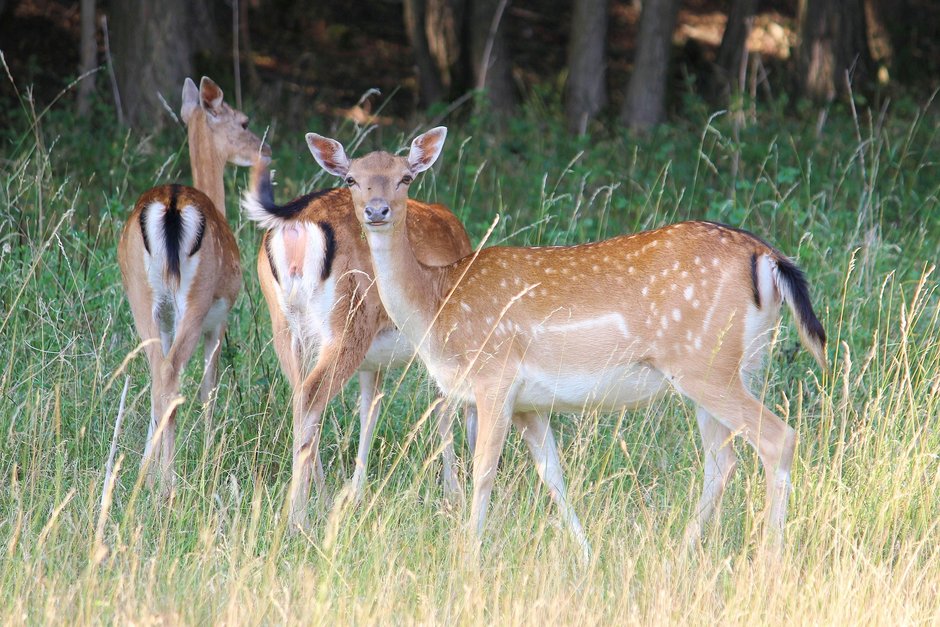
Forest aisle
Important conservation work also takes place along the cross-country ski trails. The operators of the cross-country skiing areas mow the grass in the forest aisles and mulch. This not only makes it easier to track the trails in winter. Mulching ensures that the tracks do not become overgrown and that the fresh greenery grows back. The work creates important grazing areas for game, because deer otherwise find little natural food in the extensive spruce monocultures.

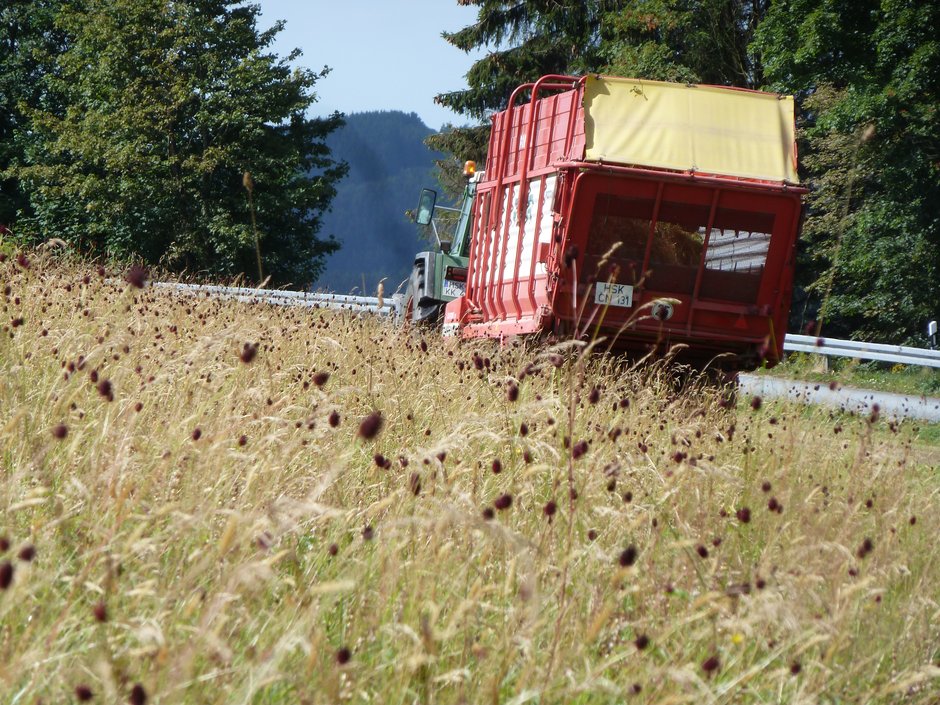
Summer processing of the ski surfaces
Operating a ski area is not limited to winter - there is much more to it than maintaining and grooming the slopes from December to March, making snow on them, and turning the lifts on and off.
During the summer months, the region's ski areas are generally managed extensively through the interaction of the lift operators, who are usually tenants of the land during the winter months, with the owners as well as the farmers who are responsible for tilling the land during the summer.
By "extensive cultivation" is basically meant a much gentler cultivation compared to intensive agriculture. In detail, this can be:
- Very late first cut (mowing) of meadow areas.
- On very poor soils, grazing by heath sheep and goats, which naturally keep the young tree shoots short.
- Avoidance of fertilizers and other additives
Contractual relationships exist between the farmers, who as tenants or owners of the ski areas provide for mowing or grazing, and the regional nature conservation authorities. In short, farmers receive payment for their landscape maintenance depending on the size and composition of the area.
Moreover, the maintenance of the areas automatically ensures that the terrain is "kept open". If these areas were not managed, it would only be a matter of time before numerous slopes became overgrown and the landscape form "meadow" was replaced by "forest".
Basically, the interests of the lift operators and the protection of nature and species go hand in hand with this fact, because without the necessity of keeping the ski areas free of forest and shrub growth for winter sports, numerous areas that are currently resplendent with flowers in summer would simply become overgrown and be replaced by a monoculture of mostly spruce.
What is the impact of extensive management on biodiversity ?
Basically, the management of the ski areas can be divided into two major sub-areas:
- The management of mountain meadows.
- The management of nutrient-poor soil (heath vegetation)
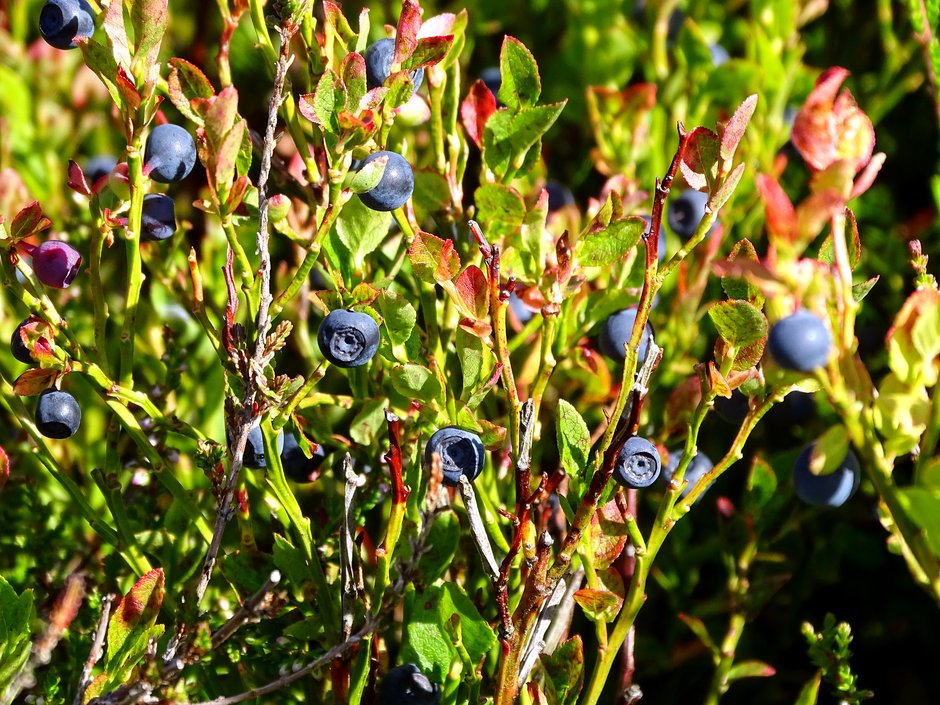
The management of mountain meadows
Where the original land use in past times was forest, primarily spruce forest, and this was later converted to open land, heath vegetation predominates at higher altitudes in the Sauerland. This plant community is particularly well adapted to extremely nutrient-poor and shallow soils.
As a result, there are often extremely rare plants, some of which can only be found in this location in the entire West German low mountain range. A classic example is the clubmoss, a shallow creeping perennial that prefers particularly nutrient-poor sites in combination with heath vegetation. This species is on the red list of endangered species in Central Europe. It populates, sometimes in quite large numbers, the ski areas around the Kahlen Asten or in the area of the Ettelsberg near Willingen.
This rare species composition is protected and preserved by keeping the areas open. Higher growth, i.e. the development of a forest, is not achieved by mowing as in the case of the mountain meadows, but by grazing. In late summer and early fall, herds of heath sheep and goats are driven over the ski areas. They eat the young shoots of deciduous and coniferous trees that have developed in early summer, thus naturally keeping the vegetation short. In this way, both the interests of the lift operators and those of nature conservation and biodiversity are served hand in hand.
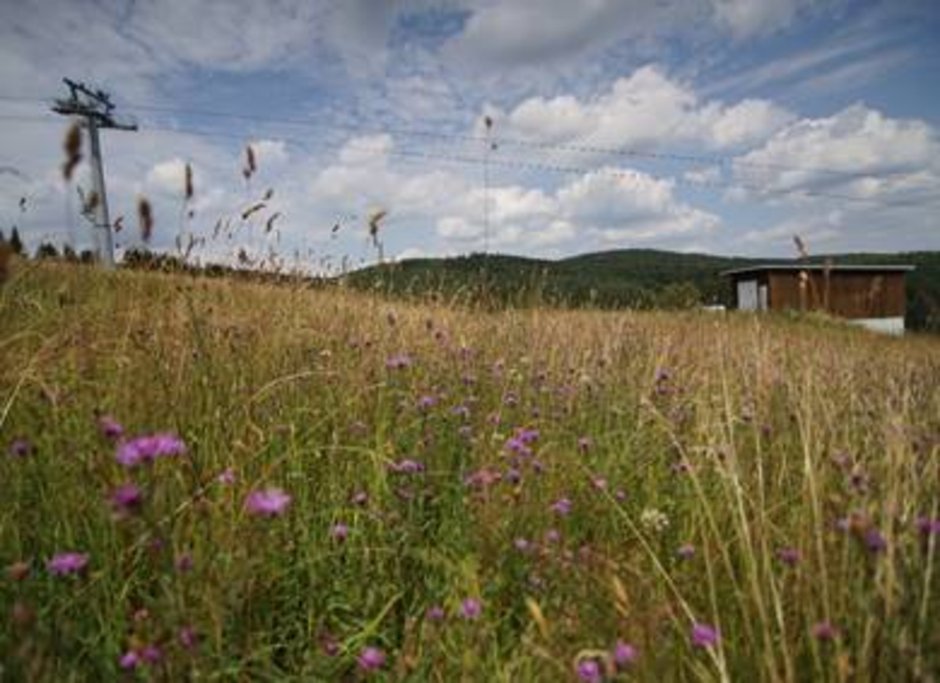
The management of particularly nutrient-poor soils
Meadows at altitudes above about 600-700 m thrive in completely different climatic conditions than meadows in valley locations or in the lowlands. The time of growth is limited due to colder temperatures, higher wind speeds and greater amounts of precipitation than in the valley. As a result, a very specialized and thus rare plant community is found here.
In addition, mountain meadows only develop if they are cultivated in the historically developed haymaking system, which involves not using fertilizers, pesticides or other external additives.Furthermore, the first cut, the mowing of the meadows, takes place very late (usually only from the beginning of July), so that the plant community can fully develop and the various grasses and flowers can also fully bloom.
The consequence of climatic restriction and historical form of cultivation is that the mountain meadows, which are to a large extent also areas of winter sports operations, have been designated as areas in need of special protection under the EU Directive "Flora-Fauna-Habitat ". More about this also here.



